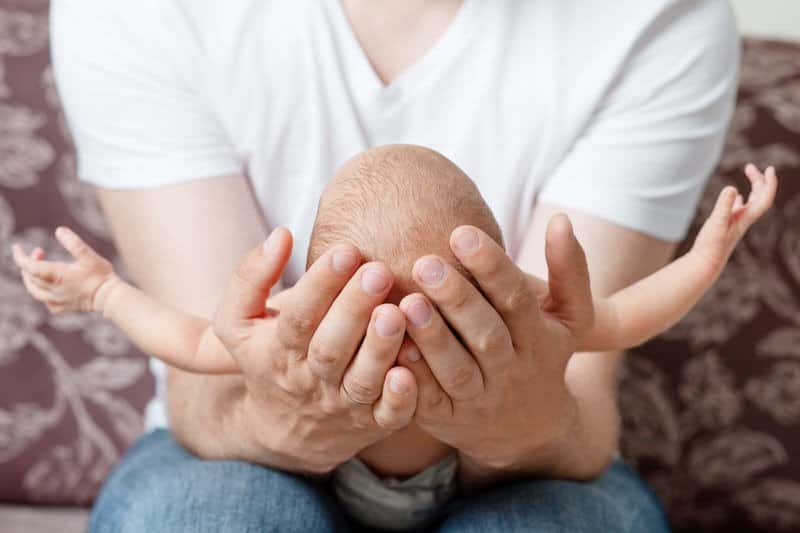Perfect Tips About How To Treat Flat Head Syndrome

Flat head syndrome usually happens when a baby sleeps with the head turned to the same side during first months of life.
How to treat flat head syndrome. When your baby spends a lot of time lying with his head turned to one side, the weight of his head can cause a patch at the back or side of the skull to flatten. Babies who sleep on their back or in a car seat without changing positions for long periods of time can develop flat heads. Treatment is best done before the age of 12 months when the skull begins to harden.
How is flat head syndrome treated? But to reduce the risk for sids, babies should always sleep on their back until they are 1 year old. This involves changing the position of your baby’s head when they sleep or rest, essentially ensuring that the same spot isn’t always bearing the weight of their head.
Listen what is flat head syndrome? In time, and with corrective measures, the flat patch will round out. Your doctor may recommend physical therapy to treat flat head syndrome.
Repositioning techniques can help reduce the appearance and effects of flat head syndrome. To treat flat head syndrome in adults, all you need is to elevate the head for adequate blood flow. It is sometimes called deformational plagiocephaly.
Generally, flat head syndrome is seen as a purely cosmetic condition that does not have any effect on how the baby’s brain develops. Whilst it does not cause any pressure on the baby's brain (gosh, 2017) , some researchers suggest plagiocephaly may be a marker of elevated risk of developmental delays (martiniuk et al, 2017). Babies with moderate head flattening may need more physical or helmet therapy treatment.
The baby’s skull is soft, and their neck muscles are still weak during this timeframe, leading to their head resting on surfaces. Beginning at birth while the baby is sleeping in a supine manner, the head position of the new bambino/bambina should be rotated (from left to right) at a periodic interval. Hold your baby as often as possible.
This pageexplains positional plagiocephaly and what to expect when a child comes to great ormond street hospital for treatment. Prevention outlook flat head syndrome, known as plagiocephaly, occurs when a flat spot develops on the back or side of a baby’s head. Diagnosis and treatment frequently asked questions flat head syndrome—medically known as positional plagiocephaly—occurs when a baby’s head develops a flat spot in the first months of its life.
But when infants spend a lot of time on their backs, they may develop flat head syndrome. It’s more of a cosmetic issue than a medical one. Plagiocephaly is a disorder that affects the skull, making the back or side of a baby’s head appear flattened.
| 4 min read have you noticed what looks like a flat patch on the back or side of your baby’s head? Introduction what is flat head syndrome? While awake, the child should spend a certain amount of time in prone positioning, or tummy time. 2.
To take pressure off the flattened part of your baby's head: Which children are at risk for deformational plagiocephaly? Many physicians now agree that babies with moderate or severe flat head syndrome can only be successfully treated using a helmet.


















